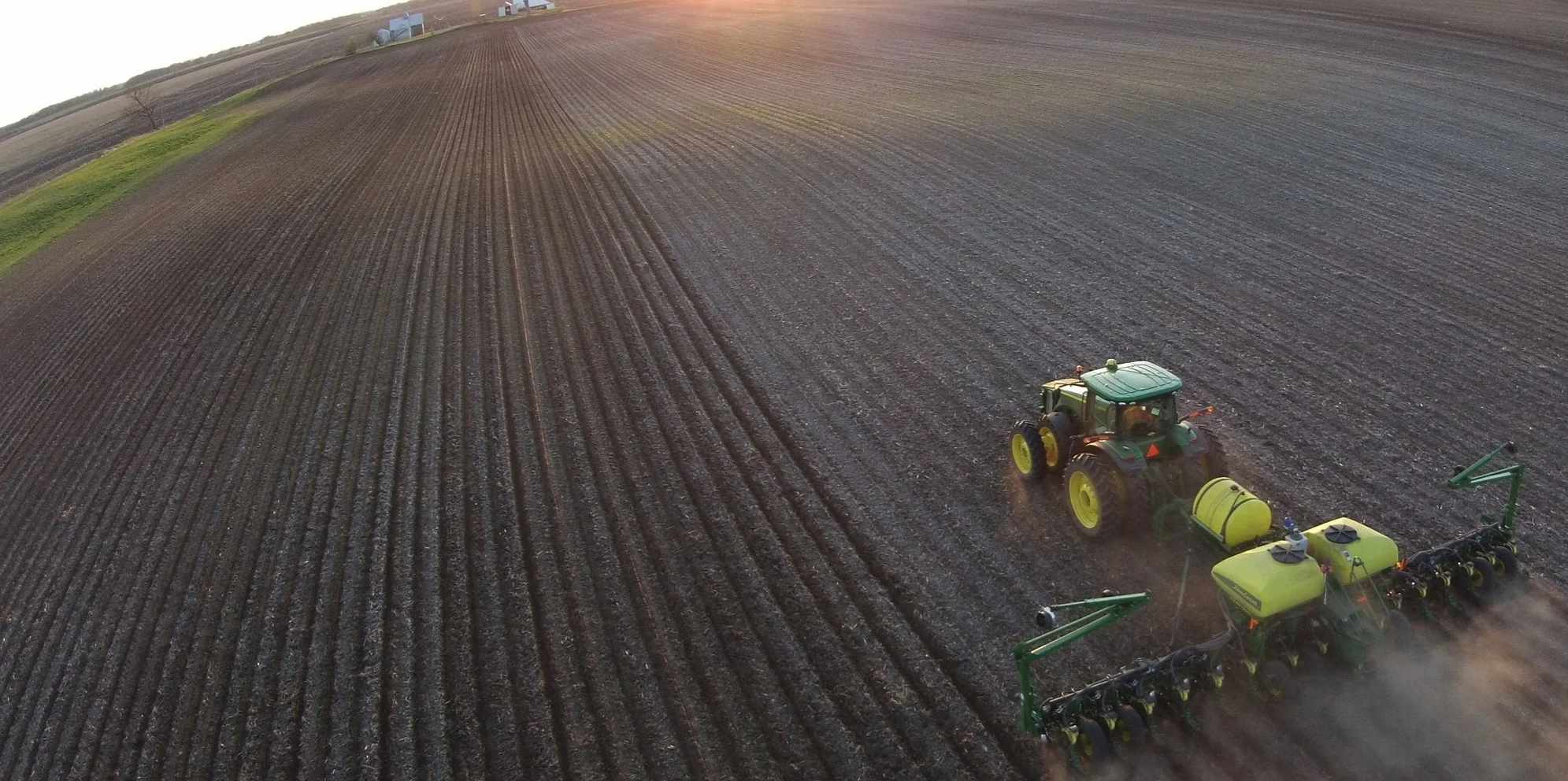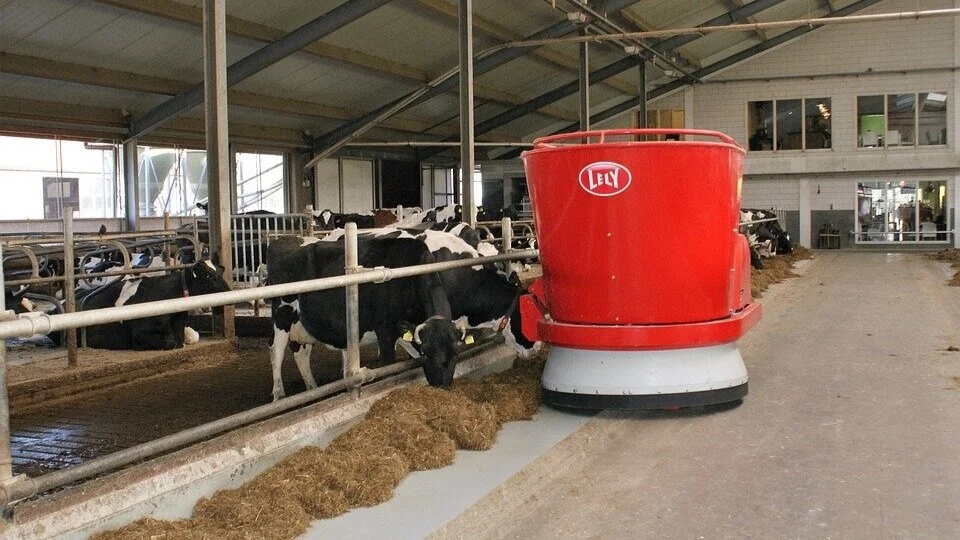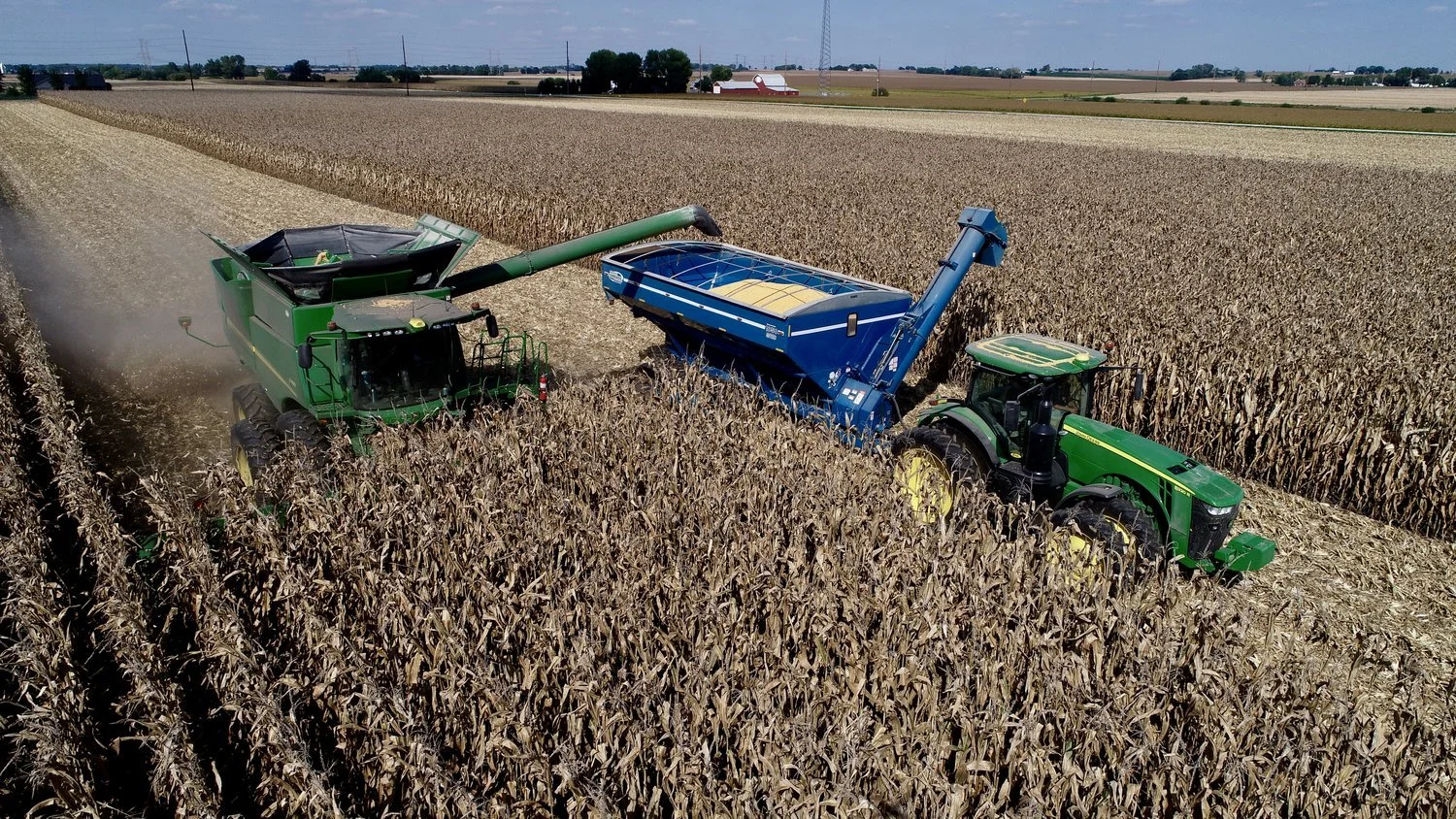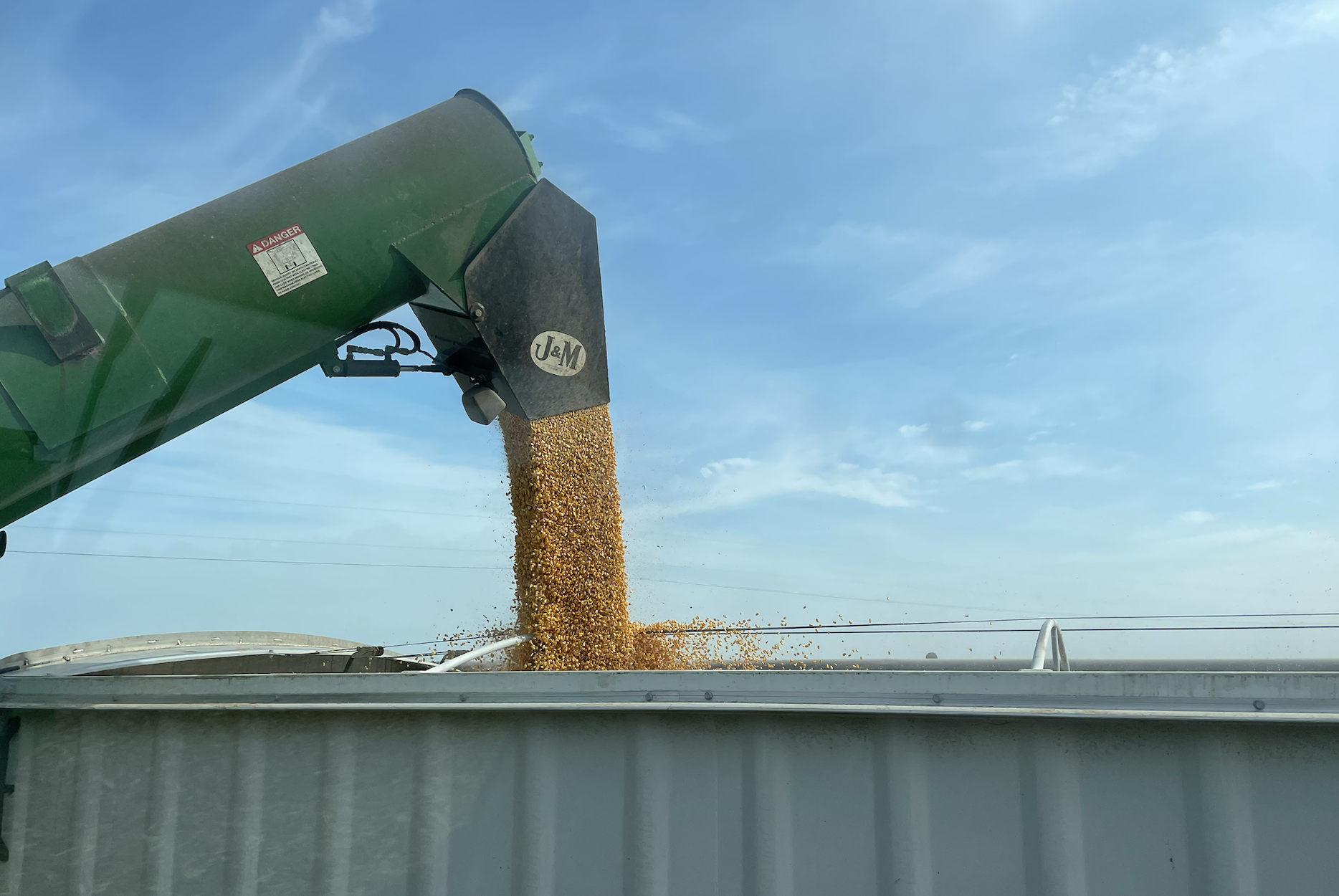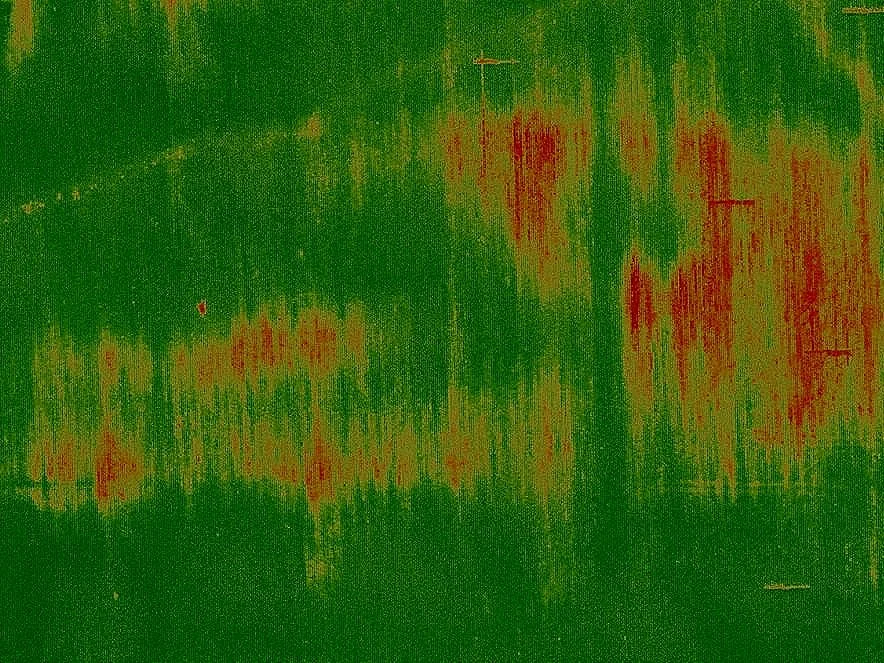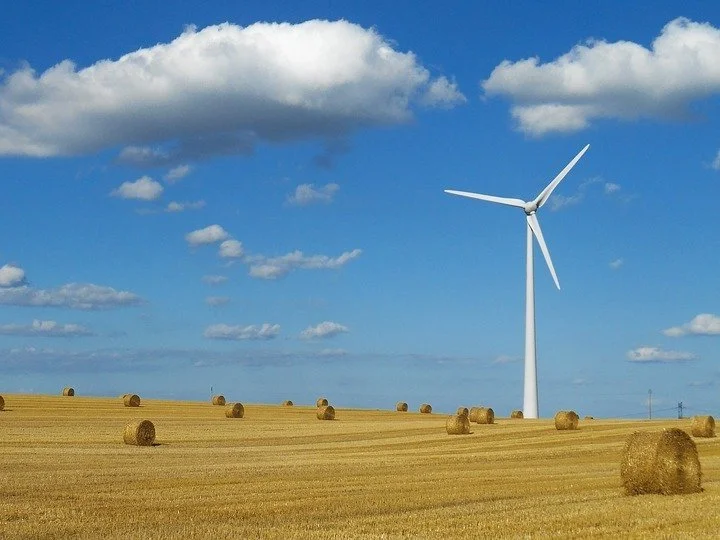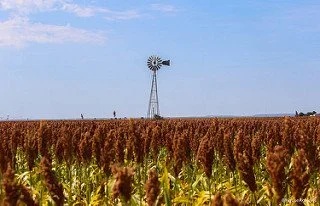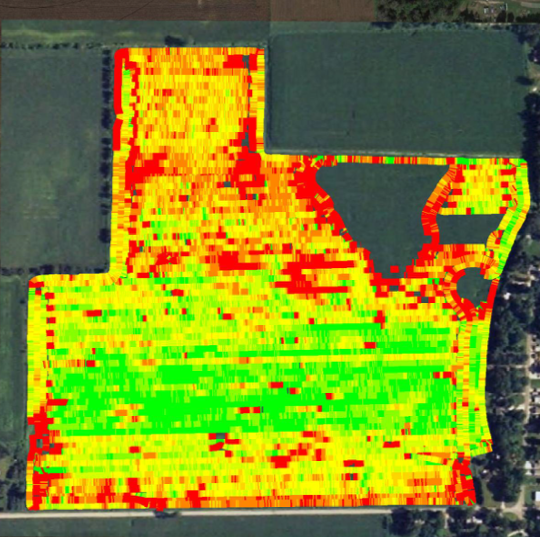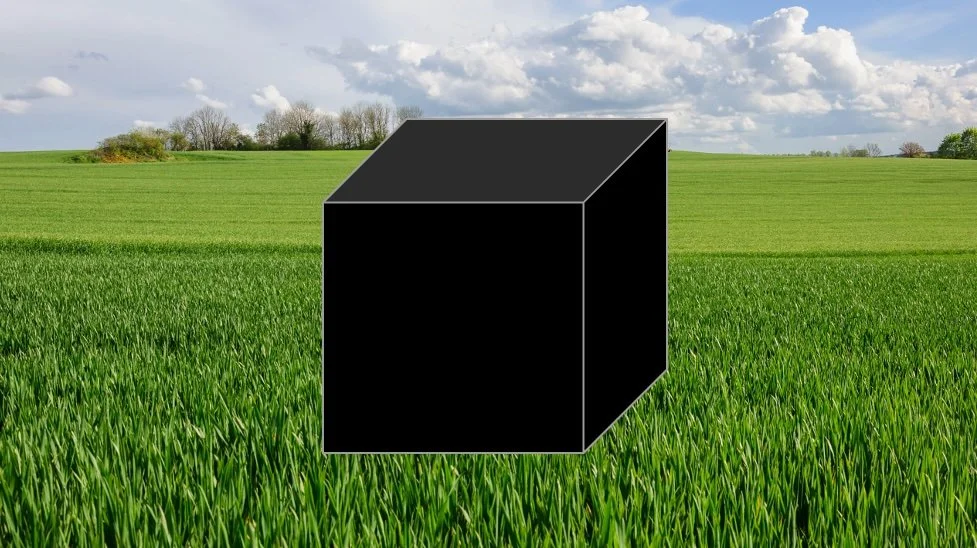Can Ag Tech Increase Your On-Farm Risk?
/A reporter recently asked me if there are examples of ways in which new ag technologies can actually increase a farmer’s liabilities. As I thought about the question, I concluded usually the opposite is true—ag tech decreases risk by improving accuracy and efficiency, lessening unknowns. Autosteer is a great example. It was able to increase the precision of the tractor and therefore decrease fuel, seed, fertilizer and pesticide usage. Likewise, autosteer decreased the risk that an inattentive farm operator might run off-course, injure people, animals or crops.
But there are some instances, where technology adoption may increase farmers’ liability.
Agricultural data in cloud storage poses a new risk to the farm. Data has long-been shared with accountants and crop advisors, but these are already trusted individuals. Movement of cloud data puts the information into outsiders’ hands—people who have no connection to the farm. A person may know their sales rep from an ag tech platform, but that person may have nothing to do with their company’s data practices. Like it or not, legal fine print has replaced the handshake. My advice: read the fine print and ask questions.
Many ag data platforms offer analytic tools that make prescriptions and suggestions. These platforms use proprietary algorithms that crunch numbers and offer supposed top-notch insight. But when a platform’s recommendation is wrong, relying on that advice may increase risk. A weather app may advise on the optimal time to spray, but it may not know real time field conditions or respect a pesticide label’s nuanced instructions. Always double check production recommendations and ground-truth them in the field.
AI (artificial intelligence) is another example with increased associated risk, at least initially. To work properly, AI must be fed lots of training-data and supervised to work as intended. In this way, AI is much like a new farm employee—educate, train, and supervise. An autonomous tractor that learns a field’s boundaries, slope, and terrain hazards may require a few passes before it really understands a field. Until then, a machine may be even more dangerous than their human equivalent.
Ask yourself, and your sales rep, whether adoption of any new tech will increase or decrease your farm’s liability risk.

